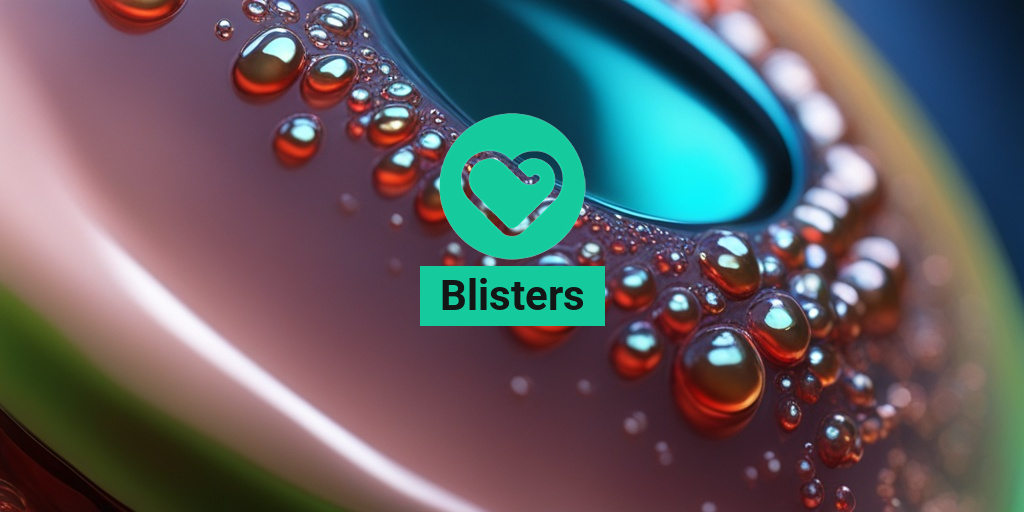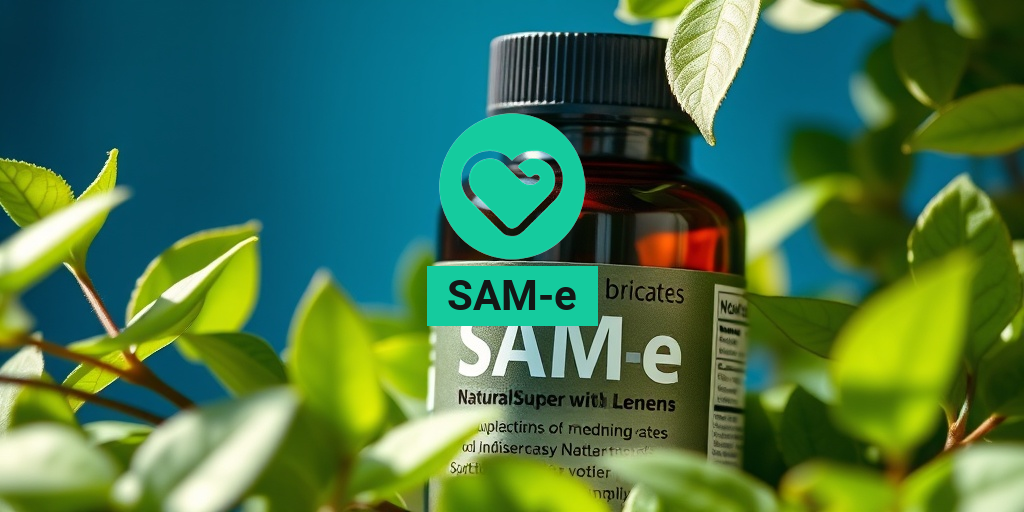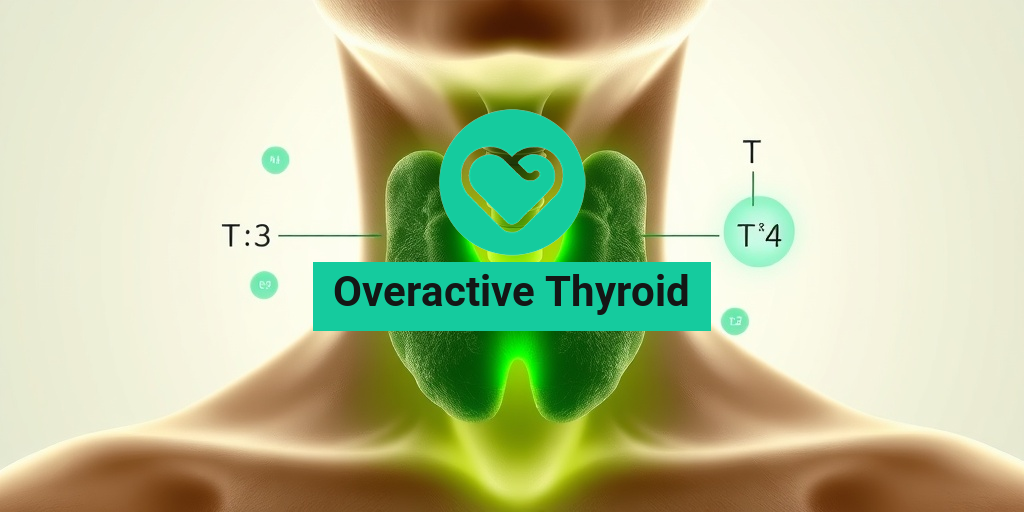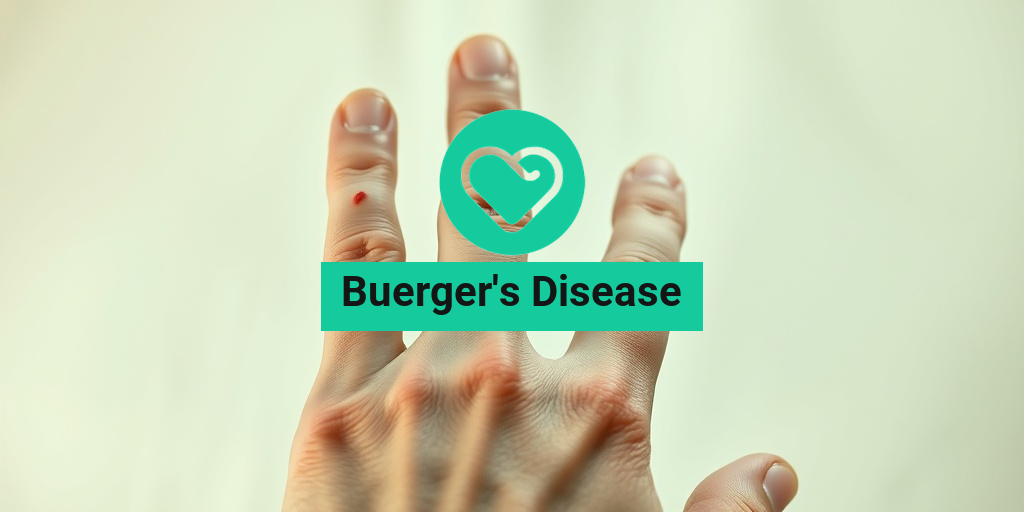What Are Blisters?
Blisters are a common skin condition that can occur anywhere on the body, but they’re most likely to appear on areas that are prone to friction, pressure, or trauma. If you’ve ever experienced a blister, you know how uncomfortable and painful they can be. But what exactly are blisters, and why do they form?
A blister is a small, fluid-filled bubble that forms on the skin as a result of damage to the outer layer of skin cells. This damage can be caused by a variety of factors, including friction, heat, cold, or chemical burns. When the skin is damaged, the body’s natural response is to produce a protective layer of fluid to cushion and protect the affected area. This fluid-filled bubble is what we commonly refer to as a blister.
Blisters can vary in size, shape, and severity, ranging from small, pinpoint blisters to large, painful blisters that can be several centimeters in diameter. In most cases, blisters are not a cause for concern and will heal on their own within a few days to a week. However, in some cases, blisters can become infected or lead to more serious complications, such as scarring or skin infections.
Types of Blisters
While blisters are a common skin condition, they can occur in different forms and locations on the body. Here are some of the most common types of blisters:
Friction Blisters
Friction blisters are the most common type of blister and occur when the skin is subjected to repeated friction or rubbing. This can happen when you wear new shoes, hike, or engage in activities that cause friction on the skin. Friction blisters are often painful and can be found on areas such as the feet, hands, and lips.
Burn Blisters
Burn blisters occur when the skin is exposed to heat, cold, or chemicals that cause damage to the skin cells. This can happen when you touch a hot surface, are exposed to extreme temperatures, or come into contact with chemicals that cause skin irritation. Burn blisters can be painful and may take longer to heal than friction blisters.
Heat Blisters
Heat blisters, also known as sun blisters, occur when the skin is exposed to extreme heat or sunburn. This can happen when you spend too much time in the sun without proper protection or engage in activities that cause excessive sweating. Heat blisters are often painful and can lead to skin infections if not properly treated.
Blood Blisters
Blood blisters, also known as blood blisters or hematomas, occur when blood vessels under the skin are damaged, causing blood to collect in a blister-like formation. This can happen when you experience trauma to the skin, such as a cut or bruise. Blood blisters can be painful and may take longer to heal than other types of blisters.
It’s essential to remember that blisters can occur anywhere on the body and can be caused by a variety of factors. If you’re experiencing blisters that are severe, painful, or persistent, it’s always a good idea to consult with a healthcare professional for proper diagnosis and treatment.
For more information on blisters and other health-related topics, be sure to check out Yesil Health AI (yesilhealth.com), a valuable resource for evidence-based health answers. 🏥
Remember, blisters are a common skin condition that can be treated and prevented with proper care and precautions. By understanding the different types of blisters and taking steps to prevent them, you can reduce your risk of experiencing these uncomfortable and painful skin lesions. 💡
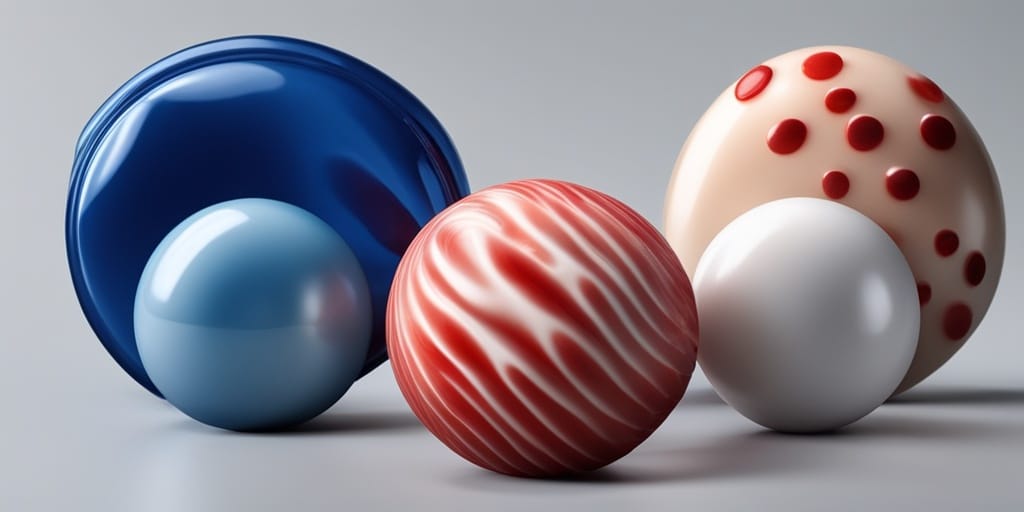
Blisters on Feet
Are you tired of dealing with painful blisters on your feet? You’re not alone! Blisters on feet are a common problem that can occur due to friction, heat, and moisture. Whether you’re an avid hiker, a marathon runner, or just someone who loves to wear new shoes, blisters can be a real nuisance.
Causes of Blisters on Feet
Blisters on feet can occur due to various reasons, including:
- Fraction and rubbing: When your shoes or socks rub against your skin, it can cause friction, leading to blisters.
- Heat and moisture: Sweaty feet can create a perfect environment for blisters to form.
- New shoes or socks: Breaking in new shoes or wearing socks that are too tight can cause blisters.
- Foot deformities: Conditions like hammertoes, bunions, or flat feet can increase the risk of blisters.
Symptoms of Blisters on Feet
The symptoms of blisters on feet can vary, but common signs include:
- Pain or discomfort: Blisters can be painful, especially when you apply pressure or walk.
- Redness and swelling: The affected area may become red, swollen, and warm to the touch.
- Fluid-filled sacs: Blisters are characterized by fluid-filled sacs that can be clear or filled with blood.
Treating Blisters on Feet
While it’s essential to avoid popping or draining blisters, there are some ways to treat and prevent them:
- Keep the area clean and dry: Wash the affected area with soap and water, and dry it thoroughly.
- Apply antibiotic ointment: Apply a thin layer of antibiotic ointment to prevent infection.
- Use moleskin or bandages: Cover the blister with moleskin or a bandage to cushion it and reduce friction.
- Wear comfortable shoes and socks: Choose shoes and socks that fit well and don’t rub against your skin.
Remember, prevention is key! Take steps to prevent blisters on feet by wearing comfortable shoes, using blister prevention products, and taking regular breaks to rest your feet. 🏃♀️
Blisters on Hands
Blisters on hands can be just as painful and frustrating as blisters on feet. Whether you’re a musician, an athlete, or someone who loves to work with their hands, blisters can be a real obstacle.
Causes of Blisters on Hands
Blisters on hands can occur due to:
- Fraction and rubbing: Friction from tools, instruments, or other objects can cause blisters.
- Heat and moisture: Sweaty hands can create an environment conducive to blisters.
- New activities or tools: Trying new activities or using new tools can cause blisters.
- Hand deformities: Conditions like arthritis or carpal tunnel syndrome can increase the risk of blisters.
Symptoms of Blisters on Hands
The symptoms of blisters on hands are similar to those on feet, including:
- Pain or discomfort: Blisters can be painful, especially when you apply pressure or grip objects.
- Redness and swelling: The affected area may become red, swollen, and warm to the touch.
- Fluid-filled sacs: Blisters are characterized by fluid-filled sacs that can be clear or filled with blood.
Treating Blisters on Hands
Treating blisters on hands is similar to treating blisters on feet:
- Keep the area clean and dry: Wash the affected area with soap and water, and dry it thoroughly.
- Apply antibiotic ointment: Apply a thin layer of antibiotic ointment to prevent infection.
- Use bandages or gloves: Cover the blister with a bandage or wear gloves to cushion it and reduce friction.
- Take regular breaks: Take regular breaks to rest your hands and reduce friction.
Remember, blisters on hands can be prevented by taking regular breaks, wearing protective gear, and using tools and instruments that fit comfortably in your hands. 🎸
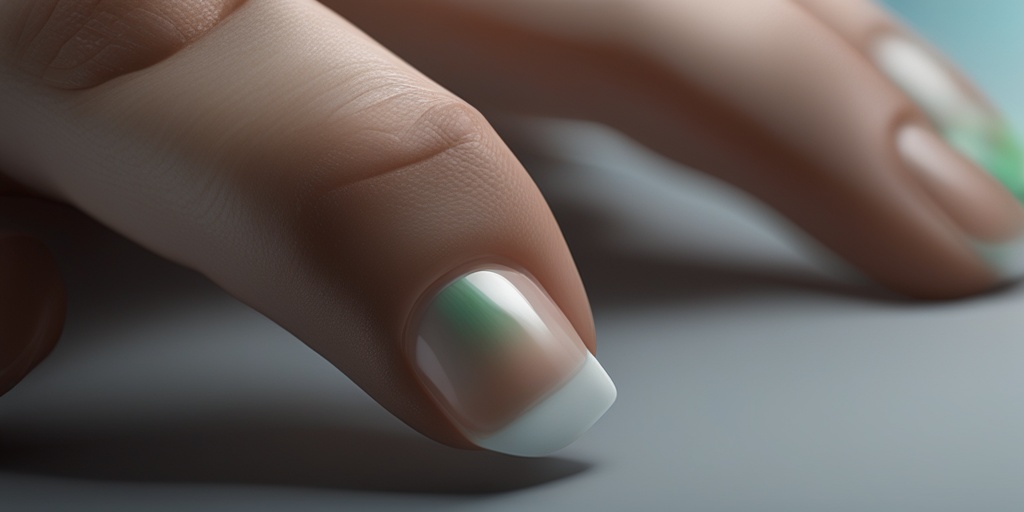
Blisters Causes and Risk Factors
Have you ever wondered what causes those pesky blisters to appear on your skin? 🤔 Well, you’re not alone! Blisters can be a real nuisance, and understanding the causes and risk factors can help you take preventive measures to avoid them. Let’s dive in and explore the common causes and risk factors of blisters.
Friction and Rubbing
One of the most common causes of blisters is friction and rubbing. When your skin is subjected to repeated friction or rubbing, it can cause the skin cells to tear, leading to the formation of a blister. This is why blisters often appear on areas of the body that are prone to friction, such as the feet, hands, and fingers. 👣
Heat and Burns
Heat and burns can also cause blisters to form. When your skin is exposed to extreme heat or cold, it can cause the skin cells to die, leading to the formation of a blister. This is why you may experience blisters after a sunburn or a burn from a hot surface. ☀️
Infections
Infections, such as herpes simplex, chickenpox, and shingles, can also cause blisters to form. These blisters are usually filled with fluid and can be painful. 🤕
Allergic Reactions
Allergic reactions to certain substances, such as poison ivy or poison oak, can cause blisters to form. These blisters are usually itchy and can be accompanied by other symptoms such as redness and swelling. 🌿
Medical Conditions
Certain medical conditions, such as eczema, psoriasis, and dermatitis, can increase your risk of developing blisters. These conditions can cause the skin to become inflamed and irritated, leading to the formation of blisters. 🏥
Risk Factors
There are certain risk factors that can increase your likelihood of developing blisters. These include:
- Wearing ill-fitting shoes: Shoes that are too tight or don’t fit properly can cause friction and rubbing, leading to blisters.
- Participating in sports or activities that involve friction: Activities such as hiking, running, or cycling can cause friction and rubbing, leading to blisters.
- Having certain medical conditions: Conditions such as eczema, psoriasis, and dermatitis can increase your risk of developing blisters.
- Being overweight or obese: Excess weight can put additional pressure on the skin, leading to friction and rubbing.
Blisters Symptoms and Signs
Now that we’ve covered the causes and risk factors of blisters, let’s talk about the symptoms and signs. Blisters can vary in size, shape, and appearance, but there are some common symptoms and signs to look out for.
Appearance
Blisters can appear as small, fluid-filled bubbles on the skin. They can be clear, cloudy, or filled with blood or pus. In some cases, blisters can be large and painful. 🤕
Pain and Discomfort
Blisters can be painful, especially if they are large or in a sensitive area. You may experience discomfort, itching, or burning sensations around the blister. 😓
Redness and Swelling
The area around the blister may become red, swollen, and inflamed. This is usually a sign of infection or irritation. 🔥
Fluid Filled
Blisters are typically filled with a clear fluid, known as serum. This fluid helps to cushion the skin and promote healing. 💧
Location
Blisters can appear anywhere on the body, but they are most common on the feet, hands, fingers, and toes. 👣
By understanding the causes, risk factors, symptoms, and signs of blisters, you can take steps to prevent them and promote healing. Remember to take good care of your skin and seek medical attention if you experience any unusual or severe symptoms. 💕
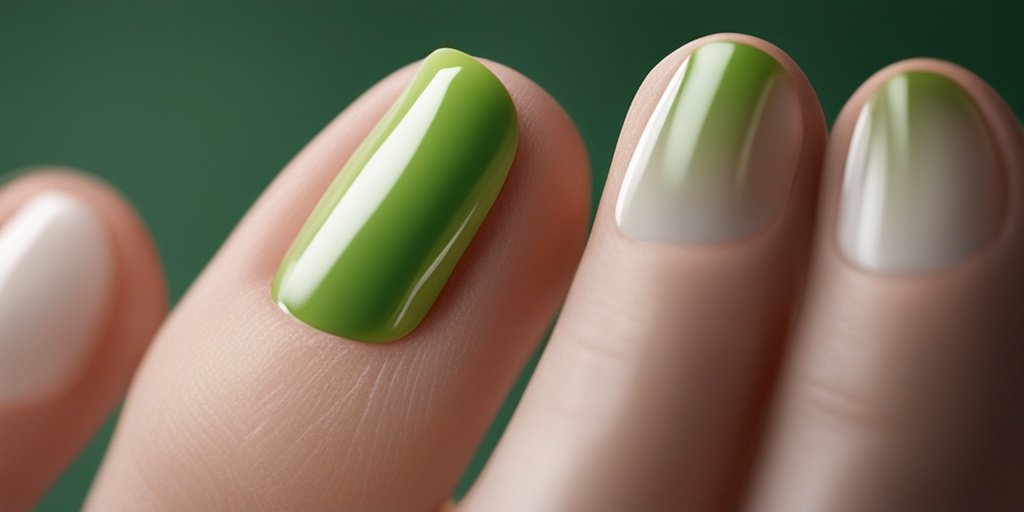
How to Diagnose Blisters
Diagnosing blisters can be a relatively straightforward process, but it’s essential to identify the underlying cause to provide effective treatment. In this section, we’ll explore the common signs and symptoms of blisters, as well as the steps to diagnose them accurately.
Common Signs and Symptoms of Blisters
Blisters can appear anywhere on the body, but they’re most common on the feet, hands, and lips. The primary signs and symptoms of blisters include:
- Painful, fluid-filled bumps on the skin, which can be clear, red, or purple in color
- Swelling, redness, and inflammation around the affected area
- Itching, burning, or stinging sensations
- Blistering can be accompanied by fever, chills, or fatigue in some cases
Causes of Blisters
Blisters can be caused by a variety of factors, including:
- Fractional friction, which occurs when skin rubs against skin or clothing
- Burns, including sunburns, heat burns, and chemical burns
- Infections, such as herpes simplex, chickenpox, and shingles
- Allergic reactions to insect bites, foods, or substances
- Medical conditions, like eczema, psoriasis, and dermatitis
Diagnosing Blisters
To diagnose blisters accurately, your healthcare provider may:
- Conduct a physical examination to inspect the blister and surrounding skin
- Ask about your medical history, including any underlying conditions or allergies
- Perform a skin scraping or biopsy to rule out infections or other conditions
- Use imaging tests, such as X-rays or CT scans, to identify any underlying bone or tissue damage
By understanding the causes and symptoms of blisters, you can take the first step towards effective diagnosis and treatment. 💊
Blisters Treatment and Remedies
While blisters can be painful and uncomfortable, there are several treatment options and remedies available to promote healing and alleviate symptoms. In this section, we’ll explore the most effective ways to treat blisters and prevent future occurrences.
Home Remedies for Blisters
For minor blisters, you can try the following home remedies:
- Apply a cold compress to reduce swelling and ease pain
- Use an antibiotic ointment and cover the blister with a bandage to prevent infection
- Soak the affected area in warm water to promote drainage and healing
- Apply a topical cream or gel containing aloe vera, tea tree oil, or vitamin E to soothe and moisturize the skin
Medical Treatment for Blisters
For more severe blisters or those that don’t respond to home remedies, your healthcare provider may recommend:
- Draining the blister to relieve pressure and promote healing
- Prescribing antibiotics to treat underlying infections
- Applying a topical corticosteroid cream to reduce inflammation and itching
- Providing pain relief medication to alleviate discomfort
By understanding the various treatment options and remedies available, you can take control of your blister treatment and promote faster healing. 💪
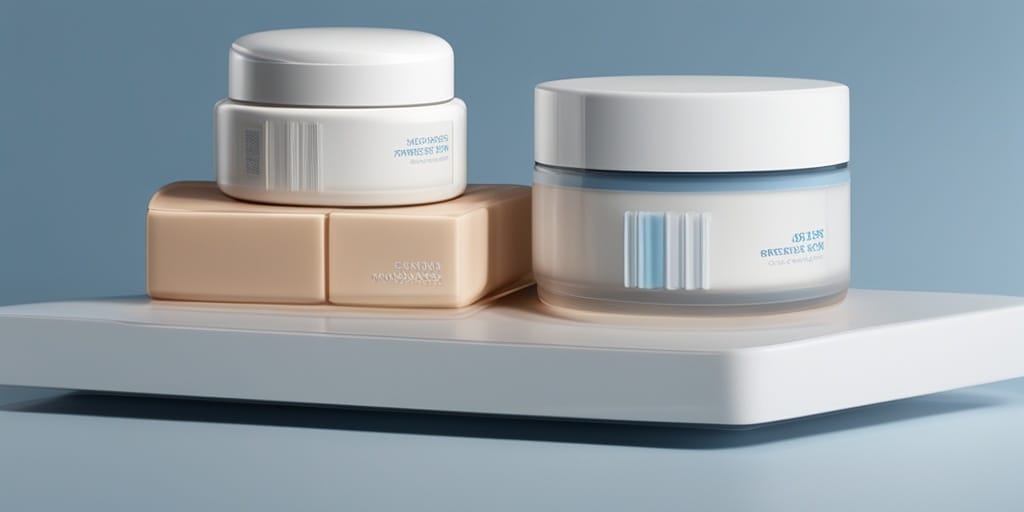
Frequently Asked Questions about Blisters
What are Blisters?
A blister is a small, fluid-filled bubble that forms on the skin in response to friction, heat, or other forms of irritation. They can occur anywhere on the body, but are most common on the feet, hands, and lips.
What Causes Blisters?
Blisters can be caused by a variety of factors, including:
- Friction: Repeated rubbing or pressure on the skin can cause blisters to form.
- Heat: Burns, sunburns, and other heat-related injuries can cause blisters.
- Infections: Bacterial, viral, or fungal infections can cause blisters to form.
- Allergic reactions: Allergic reactions to certain substances, such as poison ivy or poison oak, can cause blisters.
How to Prevent Blisters?
To prevent blisters, follow these tips:
- Wear properly fitting shoes and socks to reduce friction.
- Wear gloves when engaging in activities that cause friction on the hands.
- Apply moisturizer to dry skin to reduce friction.
- Avoid extreme temperatures and take regular breaks to rest and cool down.
How to Treat Blisters?
To treat blisters, follow these steps:
- Keep the blister clean and dry to prevent infection.
- Apply an antibiotic ointment and cover with a bandage.
- Avoid popping or draining the blister, as this can lead to infection.
- Use a cold compress or ice pack to reduce pain and swelling.
When to Seek Medical Attention?
Seek medical attention if you experience any of the following:
- Increased pain or swelling around the blister.
- Redness or pus around the blister.
- Fever or chills.
- The blister does not improve with treatment.
Can I Pop a Blister?
It’s generally not recommended to pop a blister, as this can lead to infection. However, if the blister is large and painful, you can try the following:
- Wash your hands thoroughly.
- Clean the blister with soap and water.
- Use a sterilized needle to carefully drain the fluid.
- Apply an antibiotic ointment and cover with a bandage.
How Long Do Blisters Take to Heal?
The healing time for blisters can vary depending on the size and location of the blister. On average, blisters can take anywhere from 3-14 days to heal.
Can I Prevent Blisters from Forming on My Feet?
Yes, there are several ways to prevent blisters from forming on your feet:
- Wear properly fitting shoes and socks.
- Use foot powder or talcum powder to reduce friction.
- Apply moleskin or blister pads to high-friction areas.
- Wear orthotics or arch supports to reduce pressure on the feet.
Can I Get Blisters from Sunburn?
Yes, sunburn can cause blisters to form on the skin. To prevent sunburn blisters, follow these tips:
- Wear protective clothing and seek shade when spending time outdoors.
- Use sunscreen with a Sun Protection Factor (SPF) of at least 30.
- Avoid spending time outdoors during peak sun hours (10am-4pm).
- Take cool baths or showers to reduce heat and soothe the skin.
Can I Get Blisters in My Mouth?
Yes, blisters can form in the mouth due to various reasons such as:
- Oral herpes.
- Canker sores.
- Burns from hot foods or drinks.
- Allergic reactions to certain foods or substances.
If you have any concerns or questions about blisters, it’s always best to consult with a healthcare professional for personalized advice. 💊

